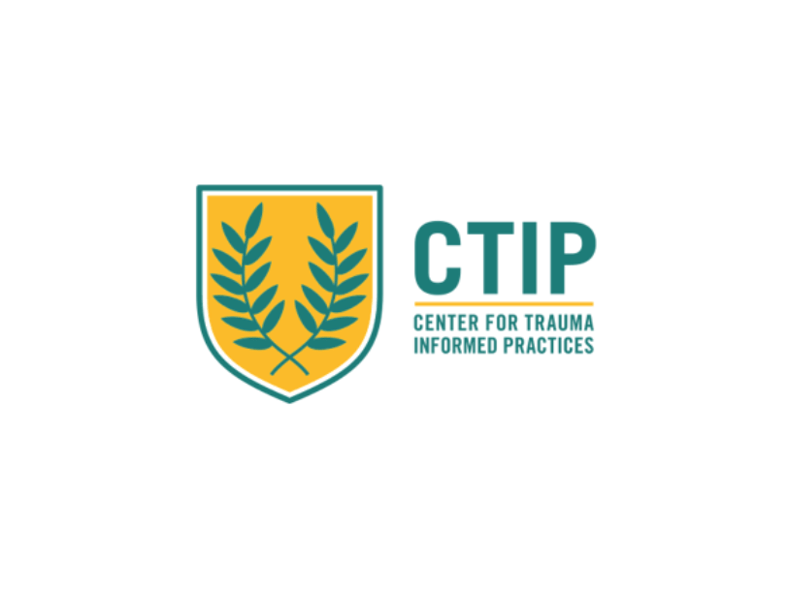Resources
-

Center for Trauma Informed Practices | March 14, 2025
Guidelines for Conducting VTRAs with Neurodivergent Students
-

J. Kevin Cameron, Executive Director NACTATR / CTIP | August 16, 2024
New Cell Phone Guidelines
As promised, we have released our CTIP Guidelines for the Implementation of Cell Phone [Personal Mobile Devices (PMD)] in schools.
-

J. Kevin Cameron, Executive Director NACTATR / CTIP | March 21, 2024
Parent/Caregiver Involvement: Lessons Learned in the Aftermath of the Michigan School Shooting
Overview
We have had a sustained increase in the frequency and intensity of VTRA-related cases coming out of the pandemic. This includes a dramatic increase in weapons possession among young people. In the educational context, the preferred weapon of choice is a knife.
However, the most complex cases are involving middle school and elementary aged children where we are also seeing more sexualized VTRA-related cases from:
- Threats to sexually assault by gesture, words, drawings
- Text and social media threats
- Stalking
- A power dynamic at play including grooming and luring beyond age and stage.
- Actual sexual assaults
- An atypical fixation on sexualized material and or dynamics (pornography, target fixation based on gender e.g. Incel)
-

J. Kevin Cameron, Executive Director NACTATR / CTIP | December 5, 2022
Increase in the Frequency and Intensity of Violence Threat Risk Assessment (VTRA™) Cases
December has traditionally been an identified Critical Period in VTRA practice. Critical Periods are predictable timeframes for increased threat making and threat-related behaviour. As noted in our earlier communications, the increased frequency and complexity of cases was foreseeable this Fall/Winter due to a significant delayed trauma (stress) response to the worldwide Covid-19 pandemic. Highlighted in our VTRA trainings this year, is the message that the “the sky is not falling, this was always predictable”. However, due to the increased number of cases, VTRA Leads in schools, partner agencies, and at the community level may need to triage their cases. It may be more manageable and feasible to do more site-specific incident screenings to mitigate initial risk while awaiting consultation from multi-agency partners. This is because most protocol partners are needing to triage their own casework in comparison to pre-pandemic practice.
-

J. Kevin Cameron, Executive Director, CTIP | May 25, 2022
Texas School Shooting: Screening in the Aftermath
We were planning to release a version of this E-Alert next week as a guide to triaging Threat Assessment cases for the remainder of this academic year but the tragedies in Buffalo, New York and Texas have accelerated it. As many of you are aware, we released an E-Alert a little over six months ago highlighting the 500% increase in VTRA cases, during the Fall of this academic year, compared to VTRA cases in the Fall of 2019 (prior to the pandemic). With professional resources being strained and some communities no longer supporting school resource or youth officer programs, the flow of necessary information for violence prevention efforts has been impaired in some areas.
-

J. Kevin Cameron, Executive Director, CTIP | November 9, 2021
Increase in VTRA Cases Across the Country
“It’s Not Just You”
In earlier communications from CTIP we highlighted that due to the lingering effects of quarantine (“Impaired Closeness-Distance Cycle”), some students would be so relieved to make in-person reconnections with school staff and peers that symptom development to the pressures of the pandemic would be minimal in the 2020-2021 academic year. This period is what we refer to as a “delayed response”.
-

Sandra Montour, Julie Bonberry, Alana McDonald, Brody Thomas | June 21, 2021
How to Become an Indigenous Ally
The Two Row Wampum Treaty, also known as Guswenta or Kaswentha, may best
be understood as a Haudenosaunee term embodying the ongoing negotiation of their
relationship to European colonizers and their descendants. The underlying concept of
kaswentha emphasizes the distinct identity of the two peoples and a mutual engagement
to coexist in peace without interference in the affairs of the other. -

J. Kevin Cameron, Executive Director, CTIP | June 8, 2021
Hate Crimes and Racism: VTRA and TES Applications to the Tragedies in London and Kamloops
During the pandemic we focused attention on the effects of quarantine and how the “Impaired Closeness-Distance Cycle” would contribute to abuse dynamics within some homes because of unrelenting closeness without the reprieve of occasional distance to lower family anxiety. The opposite side of that coin was that quarantine had a temporarily and artificially positive effect on larger Canadian society: it also created distance between those who hate and their potential targets. We would say that some societal conflicts were frozen in place but with things opening up and the weather becoming warmer, distance has been replaced with proximity and possibilities to renew prior conflicts thus intensifying justification for violent acting out.
File: PDF Hate Crimes and Racism: VTRA and TES Applications to the Tragedies in London and Kamloops
-

J. Kevin Cameron, Executive Director NACTATR / CTIP | June 2, 2021
Rekindled Trauma: Former Kamloops Residential School
On Friday May 28th the truth was revealed regarding the buried bodies of over two hundred children. My colleagues and I penned a brief E-Alert on that day through our roles with the B.C. Government ERASE Initiative. It was sent to many professionals in that province who, like us, were in awe of this reality. This E-Alert is for the entire country and every Indigenous Nation and People as well as all those who wish to help. It is more personal than any other communication I have penned.
File: PDF Rekindled Trauma: Former Kamloops Residential School
-

J. Kevin Cameron, Executive Director, CTIP | May 26, 2021
Interim Guidelines: A Whole Community Response to Post-Pandemic Mental Health
While the pandemic still weighs heavy on the shoulders of many, the growing availability of
vaccines has led to measured optimism from some that COVID-19 will come to an end.
Governments, workplaces, helping agencies and educational systems are beginning to deliberate and hopefully pose this crucial question: What will post-pandemic functioning look like?